New radiative transfer simulations at the Finnish Meteorological Institute will likely improve satellite remote sensing of carbon dioxide and therefore advance the study of the carbon cycle in the Arctic regions. The simulations support the planning of the European CO2M satellite mission.
Doctoral researcher Antti Mikkonen at the Finnish Meteorological Institute devised a mathematical description of snow surface reflectance in the infrared region based on snow reflectivity measurements carried out by Jouni Peltoniemi from Finnish Geospatial Research Institute. As a part of this research, Mikkonen developed a new simulation model for atmospheric infrared radiation which also accounts for polarization. Infrared radiation, as other kinds of electromagnetic radiation, propagates in the form of waves and the perpendicular direction of this wave motion is called polarization.
“Many previous simulators do not consider polarization, and in that case you lose part of the information in the satellite observations”, Mikkonen explains.
When analyzing the simulated satellite observations we found that by viewing the reflected solar image on the snow surface the satellite can receive up to five times greater signal compared to the traditional observation mode, where the satellite is viewing directly downwards from the orbit. This finding enables the re-examination of existing observations of NASA’s OCO-2 satellite and supports the preparations of the European greenhouse gas monitoring satellite mission CO2M.
Satellites measure the changes in the carbon cycle in the Arctic region
The climate change warms the Arctic regions four times faster compared to the rest of the world. Therefore it is especially important to observe the sources and sinks of greenhouse gases and their feedback loops in the Arctic. Satellite observations are an efficient way to carry out repeated and comprehensive measurements all over the world. They are specifically useful in locations where capabilities for other kinds of measurements are limited. To understand the carbon cycle, observations through the year are important.
Observing carbon dioxide from satellites is based on measuring infrared radiation, which originates from the Sun and is reflected off the surface of the Earth. To attain an adequate infrared signal, the surface of the Earth needs to be reflective enough. Unlike in the visible region, where snow is extremely bright and reflects almost all of the incident light, in the infrared region snow is very dark, which complicates the observations considerably.
The European Space Agency and the Academy of Finland were funding this research. The research is linked to the Academy of Finland’s Centre of Excellence in Inverse Modeling as well as the FAME- ja ACCC -flagships.
More information
Doctoral Researcher Antti Mikkonen, Finnish Meteorological Institute, antti.mikkonen@fmi.fi
Research Professor Hannakaisa Lindqvist, Finnish Meteorological Institute, hannakaisa.lindqvist@fmi.fi
Antti Mikkonen, Hannakaisa Lindqvist, Jouni Peltoniemi, Johanna Tamminen, Non-Lambertian snow surface reflection models for simulated top-of-the-atmosphere radiances in the NIR and SWIR wavelengths, Journal of Quantitative Spectroscopy and Radiative Transfer, Volume 315, 2024, 108892, ISSN 0022-4073, https://doi.org/10.1016/j.jqsrt.2023.108892.

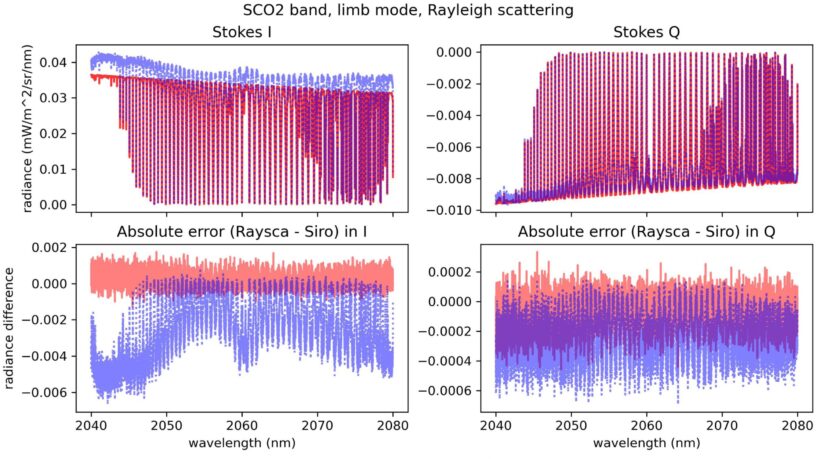
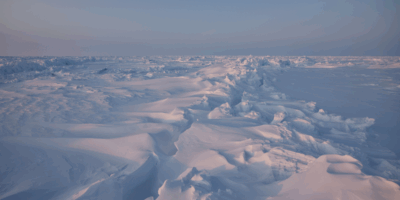
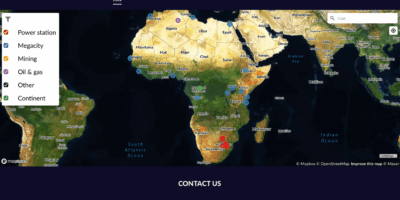
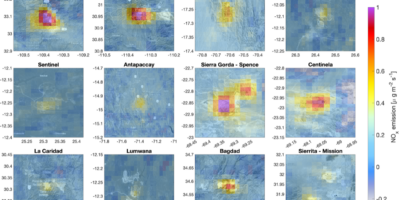

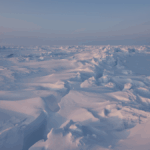
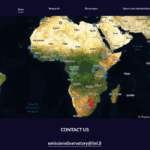
Leave a Reply
You must be logged in to post a comment.